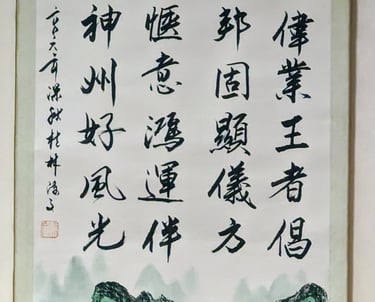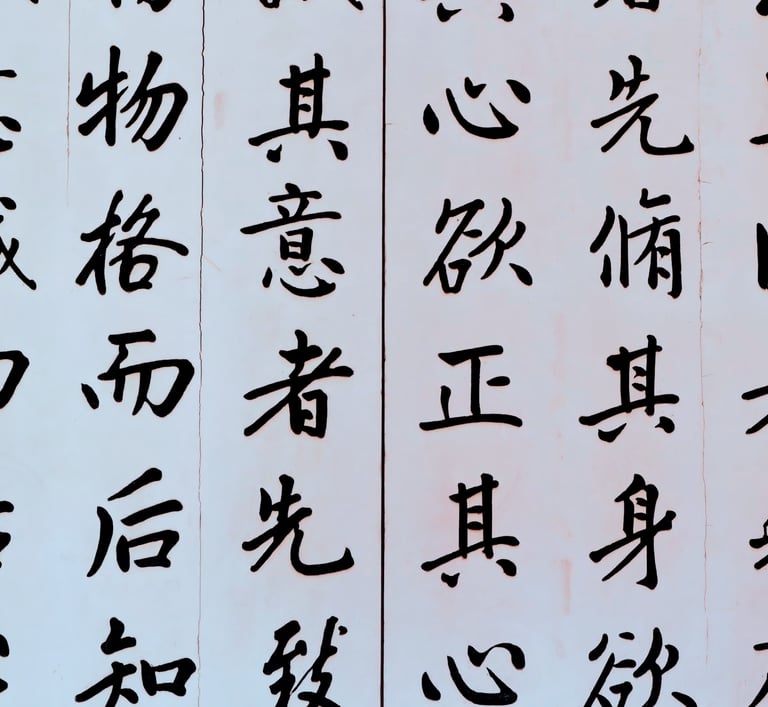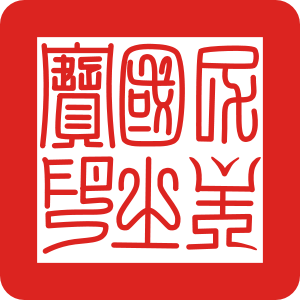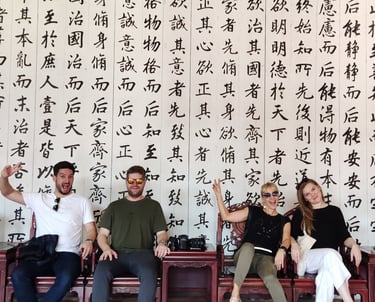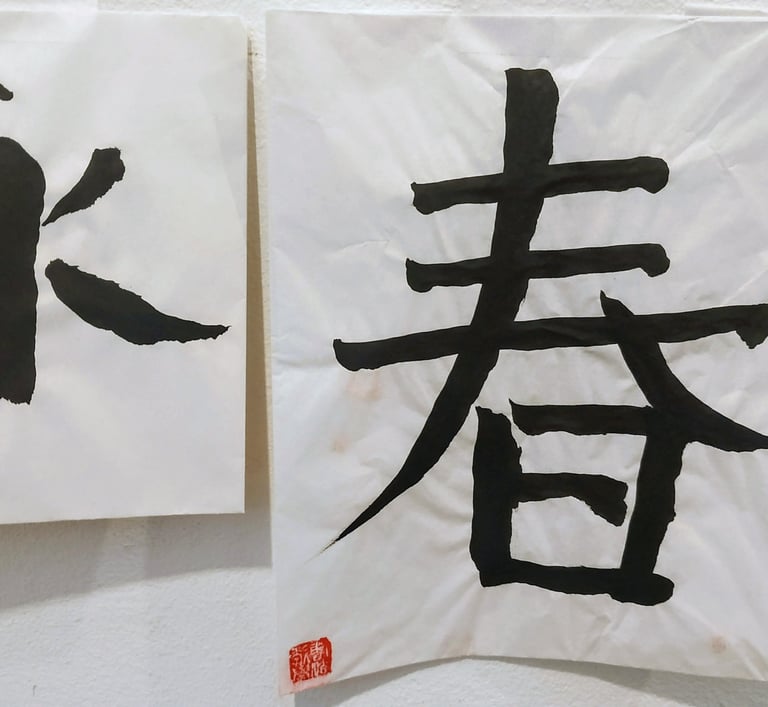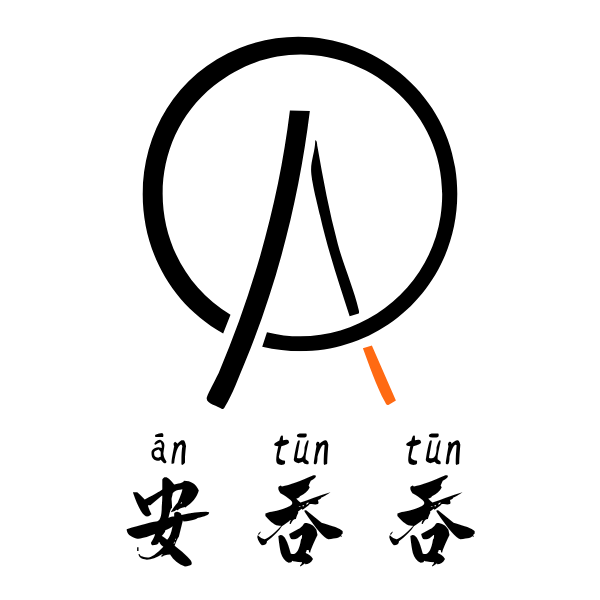Traditional Chinese Characters
LEGO for the brain, 500 pieces to start

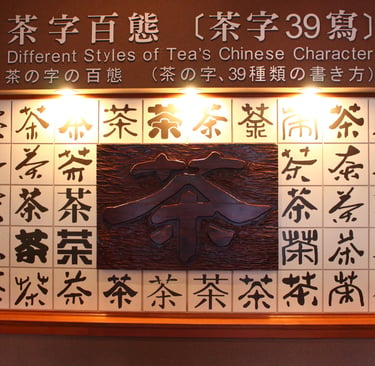
In Taiwan, people still write and use traditional Chinese characters. They’re older, more complex, harder to write by hand — but surprisingly easier to read. Why easier? Because the extra strokes actually give your eyes more information.
The beauty of traditional characters is immense. You could spend a lifetime studying them. And unlike most Indo-European languages — Slavic, Germanic, Romance — Chinese has tones. That’s where things get interesting. Take the syllable “ma”. Depending on the tone, it can mean “mother,” “hemp,” “horse,” or “to scold.” Four words, one sound — rising, falling, flat, or dipping. It’s like the language is singing as you speak.
Most words are built from two characters. That’s the real magic: once you know a character, you can combine it with others to unlock whole new meanings. Example: 火 huǒ – fire and 山 shān – mountain. Put them together → 火山 huǒshān – volcano. Or take 火 huǒ – fire and 車 chē – vehicle. Fire + vehicle = train.
The character 車 chē – vehicle alone opens up dozens of words: car / automobile, bus, taxi, truck, lorry, police car, fire truck, ambulance, tank, train, tram, metro train, carriage, ox-cart, or ancient war chariot. This creates the possibility of building like with linguistic LEGO blocks. With one word/block, you construct and combine a multitude of new words and concepts.
Examples could go on endlessly. But here is a fascinating fact: if you know only 500 characters, you can already read more than 70% of the text around you. With 1000 characters, you will understand 85%. The real challenge comes when you want to know 95% or 100% of the text in a daily newspaper — that requires knowledge of about 4000 characters.
Many people are intimidated by the complexity of traditional characters. But the truth is that you only need to dare to look at them and start reading. Once you recognize the logic, the characters open up like a puzzle. “Fire” and “mountain” suddenly become “volcano,” and you realize you have unlocked a whole new world.
Now, if you’re coming from a Slavic, European, Indo-Europian language background, the contrast is striking. Our languages are grammatically heavy: cases, conjugations, endings everywhere. Chinese creates for our language a Copernican shift, revolución copernicana (kopernikanski zaokret) in thinking. The grammar is shockingly simple — no cases, no plurals, no verb conjugations. Words sit side by side like stones in a mosaic, and the meaning emerges from context. Your brain starts working in a different gear, activating pathways you never imagined existed.
For anyone starting, the smartest way is to combine Traditional characters with Pinyin. Pinyin (拼音) is the system that writes Chinese words with the Latin alphabet. And writing? Easier than ever. On your phone or laptop, just switch to the Chinese keyboard and type the word in pinyin. For instance, type huoshan → the system suggests characters → you spot the right one (火山) and tap. Character by character, you build sentences.
Pinyin gives us a bridge to pronunciation — we don’t need to master the characters right away in order to say a word. Traditional characters give us a bridge to meaning and culture — because they carry history, imagery, and logic.
Learning traditional characters is less about memorizing symbols and more about entering a new way of seeing.
Digital technology has made traditional script available to everyone.

